No one has much certainty about what sort of government we will end up with after this election. Even when they are being totally honest in private, neither of the two main parties will really say they’re confident they can get a majority. The Tories hope they have a good chance of getting a decent working majority, but there’s no swaggering confidence that there was in 2017, when campaign staff were telling anyone who would half listen that they were going to ‘win big’.
Aside from the volatile political climate and the likelihood of voters being far less loyal than they have been previously, what makes this election even less certain is that the traditional methods of measuring how things are going have turned out to be rather flawed.
It’s not just that the polls haven’t really helped anyone work out what might happen, but also that even the traditional shoe leather methods considered sacred by the parties and journalists haven’t given us the right picture of where voters are going.
In 2017, many Labour MPs were confident they were going to lose their seats on the basis of what they’d heard on the doorstep. Upon finding that they had miraculously survived, often with larger majorities than before, these MPs concluded that they’d heard the complaints voters had about their own party, but not their more serious concerns about Theresa May. Unless everyone has learned to read between the lines with greater precision in just two years, there’s a risk of candidates reaching polling day with the same inaccurate sense of where things are going in their own seat.
Journalists visiting constituencies rely in part on what the activists on the ground tell them is going on. But if the activists don’t fully understand, then we lose a valuable source of information. Beyond that, there’s a risk of going on a kind of political safari to seats where we end up evaluating them using our own outdated measures. Journalists – and activists – heading to Workington, for instance, will instinctively assess how things in the seat are on the basis of the high street.
But it has long been the case outside London and other major cities that town high streets are no longer the soul of the community. A dominance of charity shops, empty units and takeaways used to be a sign that a local economy was on the slide. Now, it’s just the norm even for industrial towns where the local economy is booming. This presents a long-term challenge for policymakers, as they work out both how to stop the decline of the high street and also how to foster a sense of community in towns where the town centre may never really be the hub it once was.
Those who’ve campaigned in Workington over the years say a longing for a sense of identity and community is one of the drivers of the anxieties behind the ‘Workington Man’ voter that the political chattering classes have become obsessed with – though this is a much stronger yearning in the residents of Maryport, also in the constituency.
But how will the parties know if they’re answering that longing during this campaign? There isn’t much reason to trust the traditional ways of measuring voter sentiment at the moment, even though all of us continue to do so in the absence of an alternative. The only certainty of this election is that we don’t know what we don’t know.
Got something to add? Join the discussion and comment below.
Get 10 issues for just $10
Subscribe to The Spectator Australia today for the next 10 magazine issues, plus full online access, for just $10.


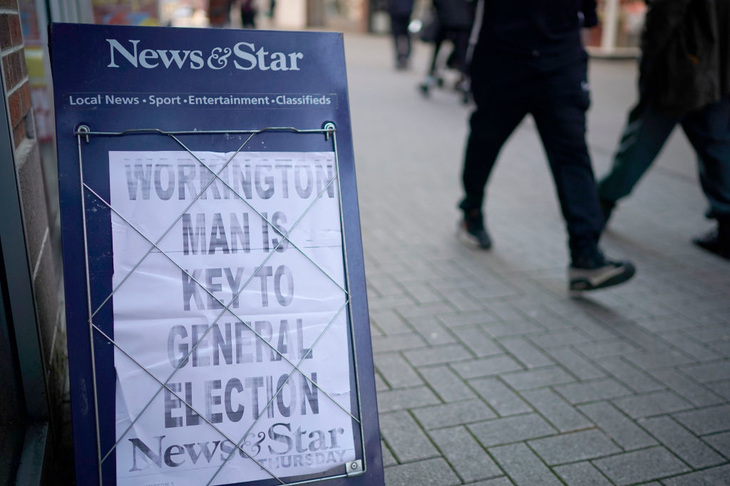
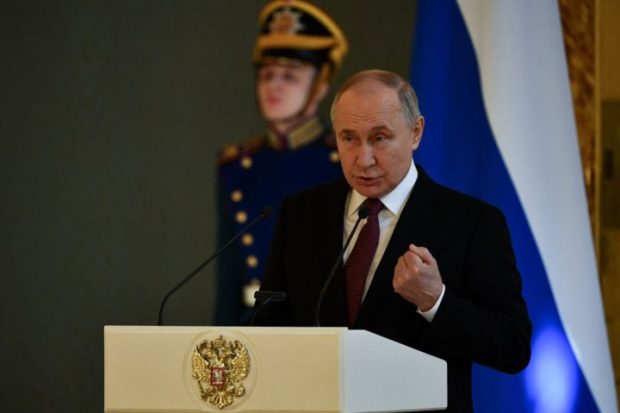
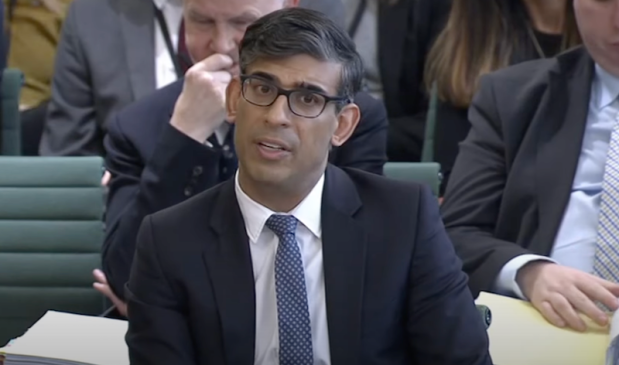
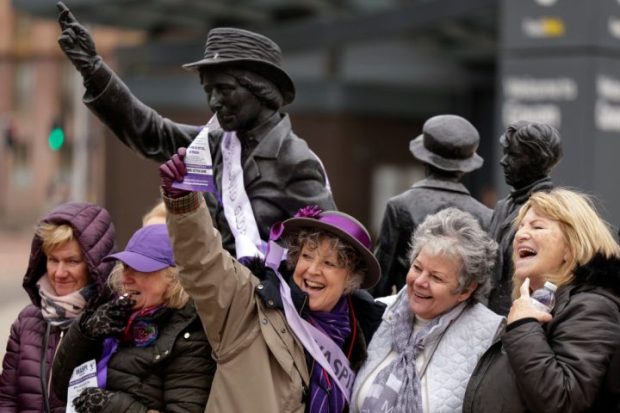

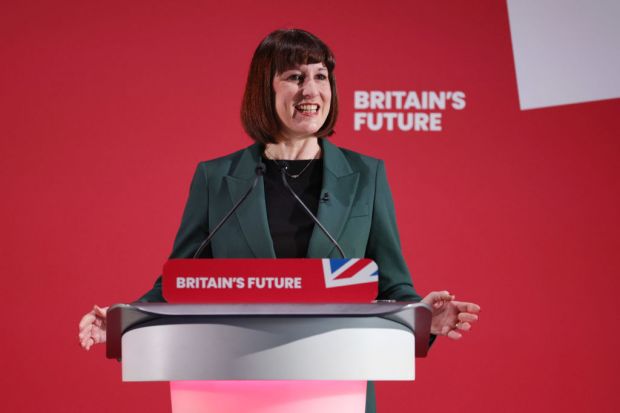
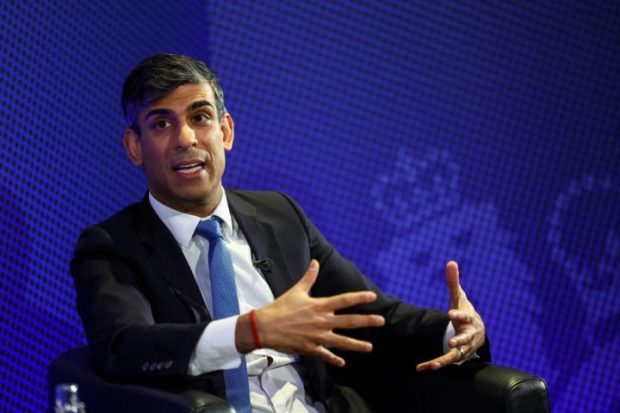












Comments
Don't miss out
Join the conversation with other Spectator Australia readers. Subscribe to leave a comment.
SUBSCRIBEAlready a subscriber? Log in